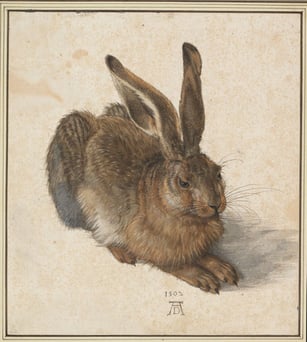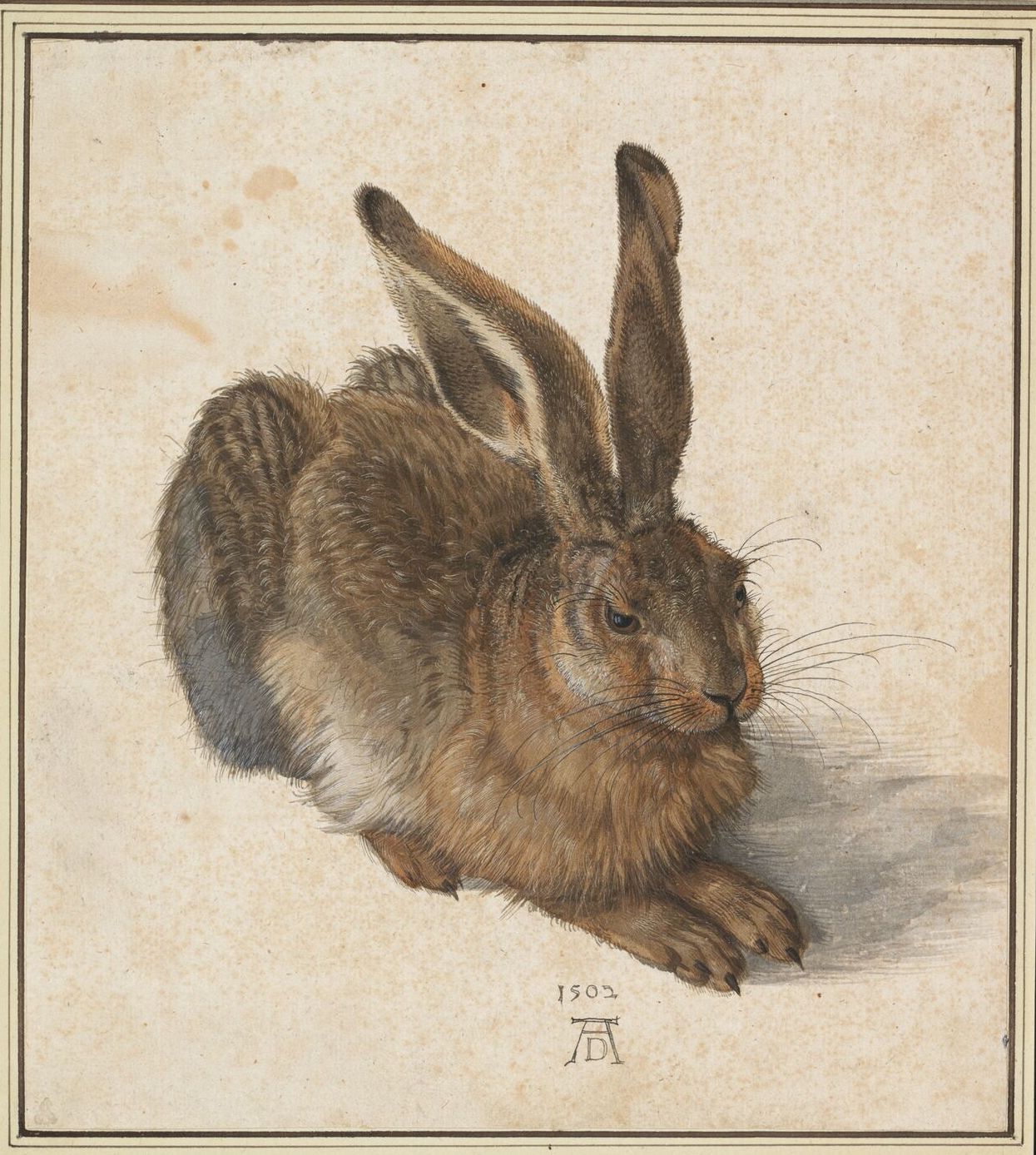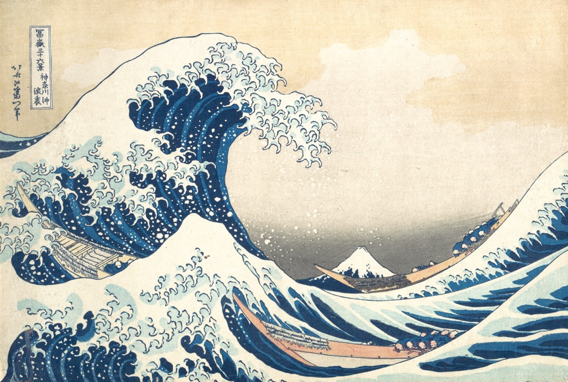Posted in: Aha! Blog > Wit & Wisdom Blog > Dyslexia > Old Painting, New Ideas
My daughter is bright, creative, and loves history. She’s intellectually curious.
She’s also dyslexic. That meant for a frustrating school experience. She had to leave the classroom for special instruction just as the lesson was getting hands-on and interesting. She received “baby” books that didn’t inspire interest in reading.
I realized there had to be better ways of teaching kids with dyslexia. If done correctly, those methods could help learners of all types.
That was my message at the 69th Annual IDA Reading, Literacy & Learning Conference.
I explained a way of using fine art to teach analytical thinking and indulge intellectual curiosity.

Wit & Wisdom, the English language arts curriculum from my organization, Great Minds, has first graders study Albrecht Dürer’s 1502 painting “Young Hare” in five stages.
In Wonder, students observe what is most obvious and share the questions that first come to mind: Why paint a rabbit?
In Organize, they look more carefully. This rabbit is still, has long whiskers and unruly eyebrows.
In Reveal, they go deeper on an observation. What did Dürer’s layered brushstrokes achieve (e.g., a lifelike quality)?
In Distill, they synthesize what they learned and make a whole of the parts. They realize this painting is more than just a painting of a rabbit.
In Know, they share facts about the artist. Dürer painted “Young Hare” with watercolor. The painting is just 10 by 9 inches.
The students apply their observations to texts they’re also reading, a book about seahorses, for example. How do people observe animals to learn about their features? How are these creatures’ bodies similar and different?
They’ve learned observational and analytical skills that they can take anywhere and use to look at anything more intelligently.
Curiosity sparked, they might seek more books or paintings involving animals.
These are valuable outcomes for any striving readers, but especially those with dyslexia.
Those students benefit from visual cues that underscore written text.
They need and deserve recognition of their intellectual curiosity, the same as students without dyslexia.
As I’ve learned from my daughter, if anything, kids with dyslexia thirst for knowledge more than others because they have to grapple over so many barriers to get to it. Curricula should remove the barriers between kids and all they want to know. Dyslexic or not, students should have access to everything they need to achieve the greatness that is their capability. That might include an old painting of a young hare.
Submit the Form to Print

Lynne Munson
Lynne Munson is the founder and CEO of Great Minds.
Topics: Dyslexia








